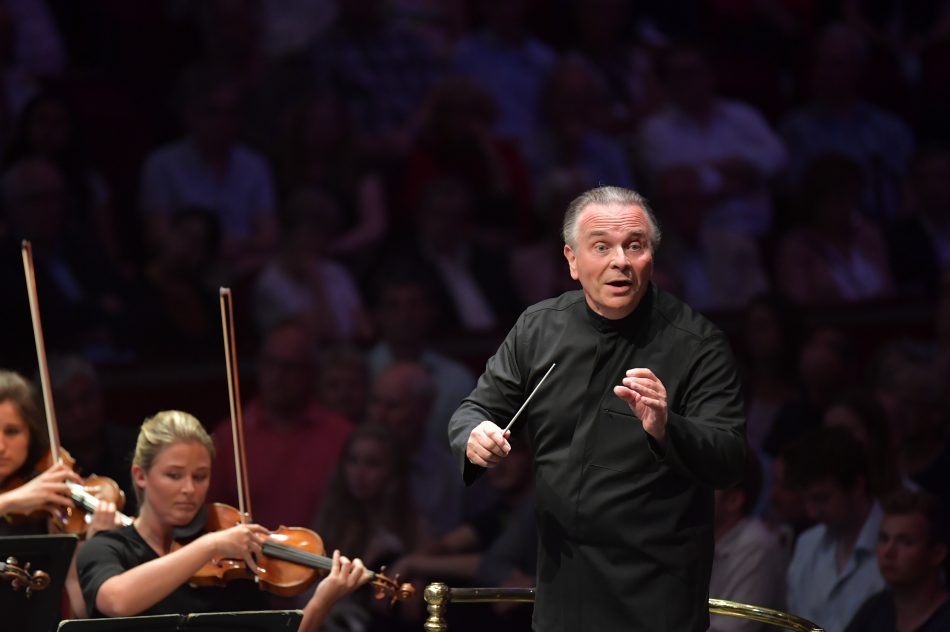
HAITINK HAS HUNG UP HIS BATON AND BOOTS
BBC Proms 3 September 2019 Beethoven Piano Concerto No.4, Bruckner Symphony No.7 Vienna Philharmonic, soloist: Emanuel Ax, conductor: Bernard Haitink Last year it was announced that Bernard Haitink was going to take a sabbatical. A sabbatical at 90? It turned […]
